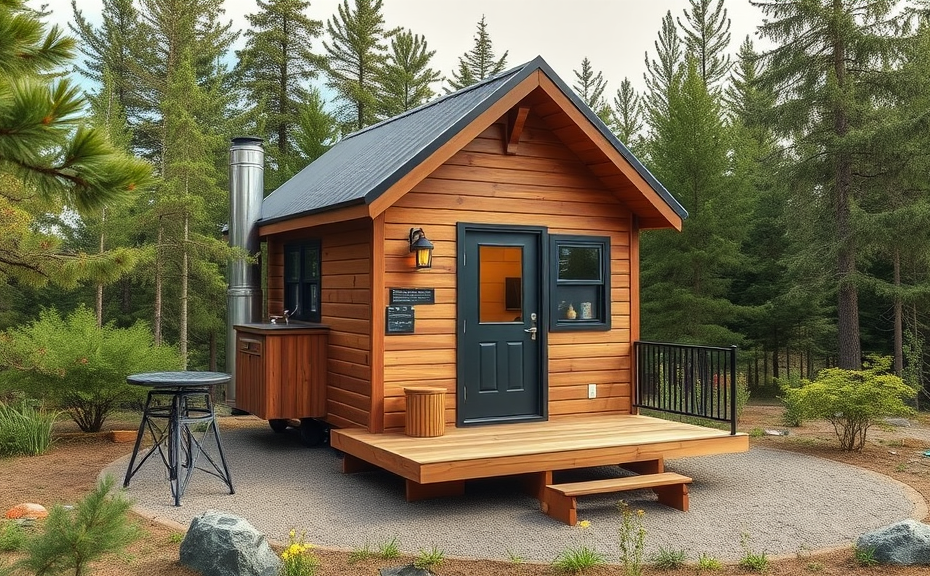In recent years, the tiny house movement has gained significant traction, leading many to ponder, “Are there more pros or cons to building a tiny house?” This question invites a closer look at the merits and drawbacks of adopting such a minimalistic lifestyle.
One of the primary advantages of building a tiny house is affordability. Tiny homes typically cost less than traditional houses, making homeownership accessible for many people, particularly first-time buyers. Additionally, lower utility bills and property taxes associated with smaller spaces can lead to significant long-term savings. Another noteworthy pro is environmental sustainability; tiny houses require fewer resources to build and can encourage off-grid living, significantly reducing one’s carbon footprint.
However, the cons of building a tiny house cannot be overlooked. Limited space poses a challenge for many, often leading to insufficient storage and living arrangements not suitable for families or those who frequently entertain guests. Furthermore, zoning laws and building codes can complicate the process, as many areas have restrictions that can hinder tiny house placements and legal occupancy.
While tiny houses offer the allure of lower expenses and increased freedom, the reality of downsizing can lead to feelings of confinement and frustration for some individuals. Additionally, the resale market for tiny homes is still developing, which may pose risks for future financial stability.
In evaluating whether there are more pros or cons to building a tiny house, it ultimately hinges on lifestyle preferences and personal circumstances. For those who cherish freedom, minimalism, and sustainability, the pros may outshine the cons. Conversely, for individuals who require ample space and flexibility, the challenges could outweigh the benefits.
